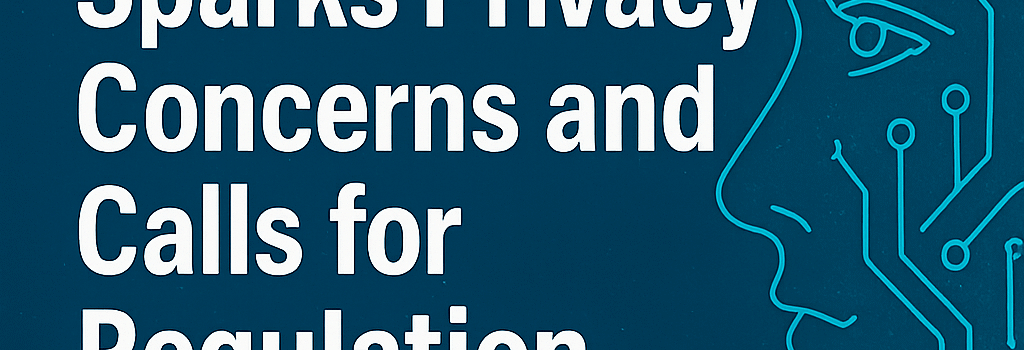YouTube’s AI Age Estimation Sparks Privacy Concerns and Calls for Regulation

Privacy experts warn that YouTube’s new AI-driven age verification pilot, which interprets viewing habits and may require sensitive personal data for appeals, poses significant risks. This expanded report dives into the underlying technology, regulatory context, emerging alternatives, and what comes next.
Overview of YouTube’s Age-Check Pilot
In early August 2025, YouTube launched a U.S. pilot that uses machine learning to infer whether users are under 18 based on a range of behavioral signals—without collecting new data. According to the company, the system ingests:
- Search queries and watch-history metadata
- Video categories viewed and engagement patterns (likes, watch time)
- Account longevity and session frequency
If flagged as a minor, users automatically lose personalized ads, gain extra digital-wellbeing prompts, and face content restrictions on “mature” or “potentially harmful” videos. YouTube has run similar models in smaller markets since late 2024, but admits the system isn’t foolproof and offers an appeals process.
How the AI Model Works: Technical Deep Dive
YouTube’s age-estimation engine combines two core components:
- Behavioral Classifier: A gradient-boosted decision-tree model (e.g., LightGBM) trained on anonymized watch logs. Features include session timestamps, category embeddings, and engagement ratios.
- Optional Image Analysis: For users needing to appeal, YouTube may request a selfie analyzed by a convolutional neural network—likely a ResNet-50 variant pretrained on large-scale age-labeled datasets like IMDB-WIKI.
Internal benchmarks YouTube has shared suggest a mean absolute error (MAE) of around 2 years, but external audits are absent. Researchers warn that age-estimation networks often incur biases—tending to under- or overestimate age for certain ethnicities, genders, or lighting conditions.
Privacy Concerns and Expert Critiques
“Any biometric data collection is really bad and creepy, inhibiting for users who rely on anonymity,” said David Greene, Senior Staff Attorney at EFF. “Collecting selfies or government IDs without clear retention and deletion policies is deeply troubling.”
Suzanne Bernstein of EPIC adds that YouTube’s vague assurance—“we do not retain ID or payment-card data for advertising”—leaves open whether it’s stored indefinitely for safety, profiling, or third-party sharing. With no published Data Protection Impact Assessment (DPIA) or GDPR-style transparency report, users can only guess how long their sensitive data remains in company servers.
Regulatory Landscape and Compliance Pressures
As AI-powered age gates proliferate, lawmakers worldwide are racing to update data-protection rules:
- U.S. COPPA Modernization: A 2025 bill proposes stricter verification standards and caps on retention of children’s personal data.
- California Privacy Rights Act (CPRA): Requires age-gating processors to document purpose limitation and automated decision policies.
- EU AI Act & Age Appropriate Design Code: Designates age-estimation systems as “high risk,” mandating external audits, transparency, and bias mitigation.
Until binding federal AI regulations arrive, experts urge users to pressure legislators to mandate robust privacy safeguards for age-assurance tools.
Privacy-Preserving Alternatives and Mitigation Strategies
Emerging technologies could reduce privacy risks while still verifying age:
- On-Device Inference: Running age-estimation models locally on users’ devices via TensorFlow Lite or Apple’s Core ML to avoid cloud uploads.
- Differential Privacy & Federated Learning: Aggregating model updates without exposing individual watch logs or biometric data.
- Verifiable Credentials / Zero-Knowledge Proofs: Issuing cryptographic tokens that confirm a user is over 18 without revealing their birthdate or identity.
- Self-Sovereign Identity (SSI) Frameworks: Decentralized digital IDs (e.g., based on W3C standards) under user control, with minimal shared attributes.
Implications for Users and the Future of Online Anonymity
For countless creators and viewers, YouTube remains indispensable. But mandatory age checks represent a shift toward pervasive identity verification on major platforms. As Greene warns, “Once anonymity goes, every digital interaction could be tied back to a real-world identity.”
Users must weigh biometric exposure against financial data risks when appealing AI mistakes. Meanwhile, broader adoption of these systems could reshape the very nature of online participation.
Key Takeaways
- YouTube’s pilot leverages ML on behavioral signals but lacks external audits or full transparency.
- Appeals demand sensitive data—selfies, IDs, or credit cards—with unclear retention policies.
- Tighter AI and privacy regulations (COPPA, CPRA, EU AI Act) could compel greater safeguards.
- Privacy-preserving alternatives exist but require industry and legislative support to scale.
As YouTube prepares for a broader rollout, users, regulators, and technologists will need to collaborate on solutions that protect both children’s safety and everyone’s fundamental right to privacy.